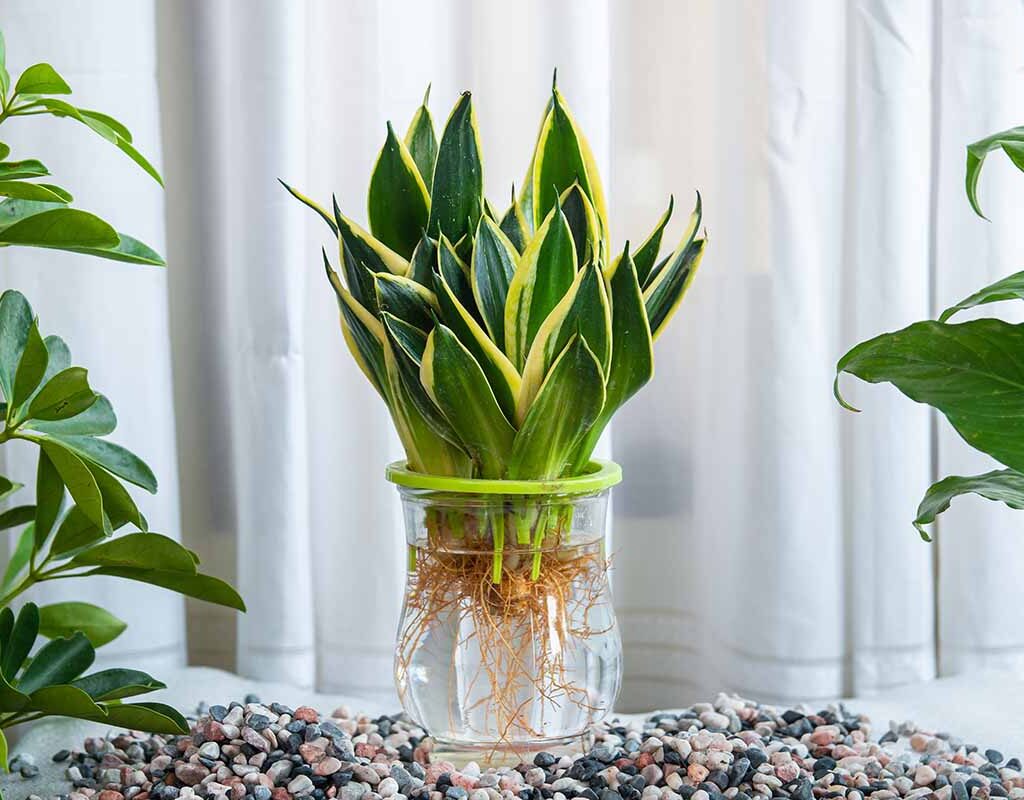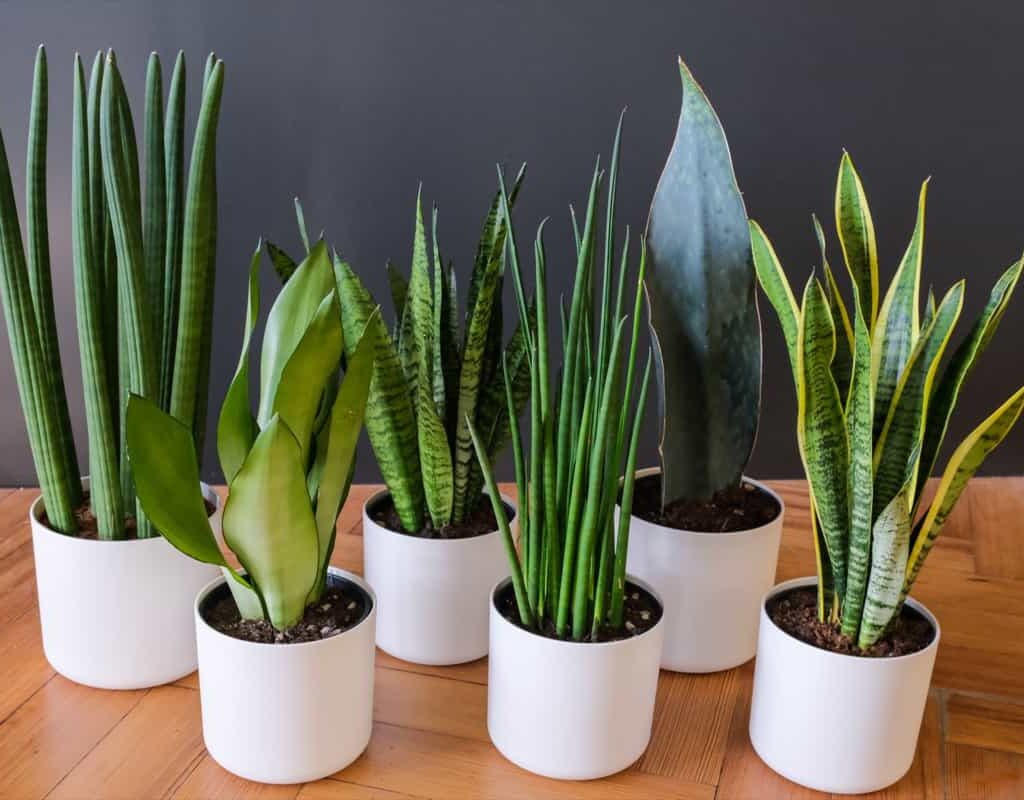If you’re a houseplant enthusiast or just someone who loves a touch of greenery indoors, chances are you’ve come across the iconic Snake Plant (Sansevieria trifasciata). Known for its striking, upright leaves and virtually indestructible nature, this plant has become a staple in homes and offices alike. But did you know it’s also incredibly easy to propagate? Whether you want to multiply your collection or share with friends, learning to propagate a snake plant is both rewarding and fun.
In this guide, we’ll walk you through multiple propagation methods, tips for success, and how to care for your new plants to ensure they thrive.

Why Propagate a Snake Plant?
There are several great reasons to propagate your snake plant:
- Expand your indoor jungle without buying new plants.
- Share cuttings with friends and family.
- Rejuvenate an old or overcrowded plant.
- Save a damaged plant by creating new growth from healthy leaves.
Plus, snake plants are known for their air-purifying qualities, so having more around your home only adds to your indoor wellness.
Best Time to Propagate a Snake Plant
While you can technically propagate snake plants any time of the year, the best period is during the growing season — typically spring through early summer. Warmer temperatures and longer days encourage faster root development and stronger new plants.

4 Effective Ways to Propagate a Snake Plant
There are several methods to propagate a snake plant. Each has its own charm, and you can choose one based on your comfort level or available materials.
1. Propagating Snake Plant by Leaf Cuttings in Water
Water propagation is one of the most visually rewarding methods, allowing you to watch roots develop before your eyes.
What You’ll Need:
- A healthy snake plant leaf
- Clean, sharp scissors or pruning shears
- A glass or jar of water
- Indirect sunlight
Steps:
- Choose a healthy leaf and cut it near the base using sterilized scissors.
- Allow the cutting to callous over for 1–2 days. This helps prevent rot.
- Place the cut end in a jar of water, with about an inch submerged.
- Put the jar in a spot with bright, indirect light.
- Change the water every 3–5 days to keep it clean and oxygenated.
- Within 3–5 weeks, you’ll see roots forming.
- Once roots are about 1–2 inches long, you can transplant the cutting into soil.
Tip: You can cut the leaf into several smaller sections (2–4 inches long), but remember to keep track of the bottom side — only the correct end will root.
2. Propagating by Leaf Cuttings in Soil
If you prefer skipping the water stage, you can propagate snake plants directly in soil.
What You’ll Need:
- A snake plant leaf
- Clean, sharp scissors
- Potting soil suitable for succulents (well-draining)
- Small pots
Steps:
- Cut a healthy leaf into sections about 3–4 inches long.
- Allow the cuttings to dry for 1–2 days until calloused.
- Plant the cuttings upright in moist, well-draining soil.
- Keep them in a warm, indirect light area.
- Water lightly when the topsoil feels dry.
Roots and new growth will start appearing after 4–6 weeks.
Note: Unlike water propagation, new shoots from soil-propagated cuttings may not retain the mother plant’s variegation, often producing solid green leaves.
3. Propagating by Division
Division is the fastest and most reliable propagation method. It involves separating a mature snake plant into multiple plants.
What You’ll Need:
- A mature snake plant with multiple growth sections (called rhizomes)
- A clean, sharp knife
- New pots and fresh soil
Steps:
- Remove the plant from its pot and gently shake off the soil.
- Identify natural divisions where leaf clusters and roots are connected.
- Use a sterilized knife to carefully cut through the rhizomes, ensuring each section has roots attached.
- Repot each division into well-draining succulent soil.
- Water lightly and place in bright, indirect light.
This method produces fully rooted, established plants instantly, without waiting for new roots to develop.
4. Propagating by Rhizome Cuttings
Snake plants grow from underground stems called rhizomes. These can also be used to start new plants.
What You’ll Need:
- A snake plant with visible rhizomes
- Clean scissors or a knife
- Fresh soil
Steps:
- Carefully uncover the soil around the base of the plant to locate rhizomes.
- Cut a healthy rhizome section with roots attached.
- Let it dry for a day.
- Plant it in well-draining soil.
- Water lightly and keep in indirect light.
New shoots will sprout from the rhizome within a few weeks.

Aftercare Tips for Newly Propagated Snake Plants
Once you’ve propagated your snake plant using any of the above methods, proper care is crucial to help your baby plants thrive.
- Water sparingly. Overwatering is the leading cause of snake plant death. Only water when the top inch of soil is dry.
- Provide bright, indirect light. Avoid direct sunlight, which can scorch leaves.
- Use well-draining soil designed for succulents and cacti.
- Avoid fertilizing until new growth appears. Once it does, a diluted succulent fertilizer can be used during the growing season.
- Keep temperatures between 65–85°F (18–29°C).
Common Propagation Mistakes to Avoid
Even though snake plants are hardy, a few mistakes can jeopardize propagation success:
- Not letting cuttings callous before planting. This increases the risk of rot.
- Placing cuttings in direct sunlight. Too much light can scorch them.
- Using heavy or poorly draining soil. Always opt for succulent soil mixes.
- Overwatering. Especially in water propagation — cloudy, smelly water signals trouble.

Final Thoughts
Propagating a snake plant is a simple, satisfying process that allows you to expand your indoor garden with minimal effort. Whether you opt for water propagation, soil cuttings, division, or rhizome separation, each method has its own charm and advantages.
Plus, it’s a wonderful way to recycle healthy leaves, save a struggling plant, or simply gift a piece of your plant family to someone else. With a little patience and care, you’ll soon have a thriving collection of snake plants brightening up your space.
Frequently Asked Questions
Q: How long does it take for snake plant cuttings to root?
A: In water, expect roots within 3–5 weeks. In soil, it usually takes 4–6 weeks.
Q: Can I propagate a variegated snake plant?
A: Yes, but note that leaf cuttings might lose their variegation. Division is the best method to preserve patterns.
Q: Should I use rooting hormone?
A: It’s optional. Snake plants root easily without it, but using a rooting hormone can speed up the process.





Leave A Comment